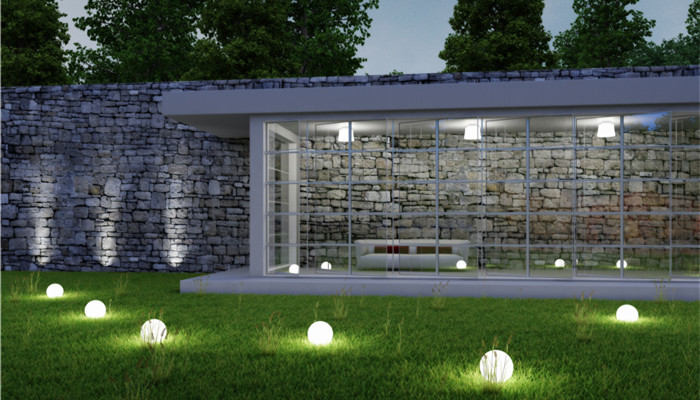
Reflective thermal insulation coatings have broad prospects and low market concentration
Reflective insulation coating is based on synthetic resin and formulated with functional pigments, fillers and additives. It is applied to the outer surface of buildings and other objects. It has high solar reflectance, near-infrared reflectance and hemispheric emission. It is a special coating with high efficiency, moisture and heat resistance, salt spray resistance, alkali resistance, acid rain resistance, aging resistance and crack resistance.
Reflective insulation coating has the advantages of high thermal insulation efficiency, weather resistance, and stain resistance. It can effectively reflect solar radiation and infrared rays and prevent the accumulation of heat from sunlight. In recent years, with the development of the performance of reflective thermal insulation coatings, the applicable fields of application have been continuously expanded, including building exterior walls, petrochemical storage tanks, warehouses, telecommunications base stations and other places that require thermal insulation, cooling and energy saving, and the market demand has continued to grow. According to the “2021-2026 China Reflective Insulating Coatings Industry Market In-depth Research and Development Prospects Forecast Report released by the Industrial Research Center , China’s reflective thermal insulation coating market size will be close to 3 billion yuan in 2020.
The reflective insulation coating industry started late in my country, but it has developed very rapidly in recent years. Industry analysts said that the number of domestic reflective insulation coating manufacturers has reached hundreds, and the overall number can be divided into three major gradients:
The first gradient is a foreign brand represented by Dulux, Nippon Paint, Valspar, etc. It started early in the field of reflective insulation coatings, has a relatively mature production process, and has a rich product variety and excellent quality. On the one hand, international brands make full use of the advantages of labor resources in developing countries to reduce product production costs; on the other hand, they design and develop new products, grasp and lead industrial development trends, and expand their influence in the international market.
The second gradient is the dominant domestic brands of reflective heat-insulating coatings represented by Giraffe, Meitus, and Three Trees. These companies rely on their years of experience in the coatings industry and have certain independent design capabilities in the field of reflective heat-insulating coatings. , product production capacity. In recent years, the dominant domestic brands of reflective heat-insulating coatings have increased their investment in product research and development, continuously improved the product quality and market visibility of reflective heat-insulating coatings, and taken advantage of their domestic and overseas sales channels to expand product sales and enhance the domestic popularity of their products. external competitiveness.
The third gradient is small and medium-sized reflective heat-insulating coating companies, most of which are companies that have transferred from the field of ordinary coatings and paints. These companies started late in the field of reflective heat-insulating coatings, have low brand awareness, small development scale, and weak competitiveness.
Overall, there are many competing companies in the field of reflective insulation coatings in my country, but there is a lack of leading companies with monopolistic competitiveness, and the market competition is fierce.

 微信扫一扫打赏
微信扫一扫打赏

